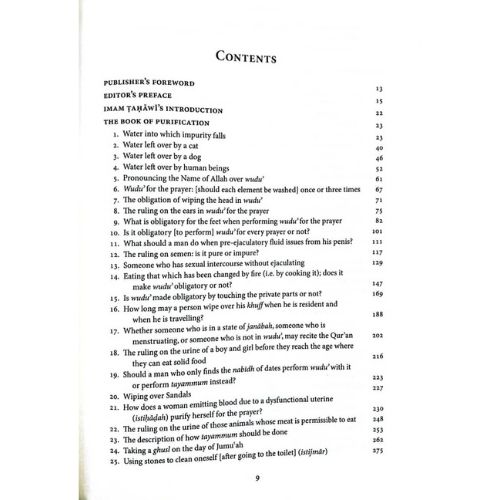Etiquette Of The Learner (P/B)
This work entitled Etiquette of the Learner, is extracted from Qadi Ibn Jama’ah’s major contribution to the literature of adab: Tadhkirat as-Sami wa’l-Mutakallim fi Adab al-‘Alim wa’l-Muta’allim (A Memorandum to the Listener and the Speaker on the Etiquette of the Scholar and the Learner.
Softening The Heart (P/B)
ʿAbdullah ibn al-Mubarak’s Kitab az-Zuhd wa’r-Raqaʾiq, the earliest extant book on self-discipline in Islam, is a collection of Qur’ānic exegesis, prophetic traditions and anecdotes from the early generations that encourages rejection of this temporal world in favour of the eternal life of the Next World.
Gateway to the Qur’anic Sciences
Allah describes the Qur’an as the ‘guidance to mankind, and the Criterion (of right and wrong)’ (2:185). Islamic scholars have therefore sought to explain the sciences associated with correctly understanding the revelation.
This discipline has come to be known as ulum al-Qur’an, or ‘sciences of the Qur’an’, and includes many subjects, such as the nature and order of revelation, explanations of the types of expressions used in the revelation and how the sacred text is to be correctly recited.
Imam Jalal ad-Din as-Suyuti wrote one of the leading comprehensive manuals on ulum al-Qur’an, entitled al-Itqan fi ulum al-Qur’an. The text here translated is a summary by Salah ad-Din Arqahudan of many major topics covered in the Itqān.
The Book Of Remembrances [Kitab al-Adhkar]
The History Of The Four Caliphs (P/B) (Turath Publishing)
The author provides a clear and fast-paced account of the battles and internal struggles of the four caliphs, as well as that of the fifth, Hasan ibn Ali. He avoids long excursions into the technical intricacies and obscure historical detail found in longer books. However, he refreshingly puts forward a balanced and convincing analysis of the contentious issues involving the four caliphs, such as Ali ibn Abi Talib’s delay in giving the pledge, the insurgency against Uthman, the battles of the Camel and Siffin, and the disputes between Ali and Muawiya (may Allah be pleased with them all).
The author’s analysis leaves the reader with a clear understanding and helps to increase the love and respect for the Prophet of Allah and his Companions.
This book will surely satisfy your curiosity about the immediate period after the Prophet’s (may Allah bless him and grant him peace) departure from this world. It will relieve your heart of any confusion you feel about the events of that time. This is a book written for readers of any age, hence an inspiring read for the young and old alike.




















